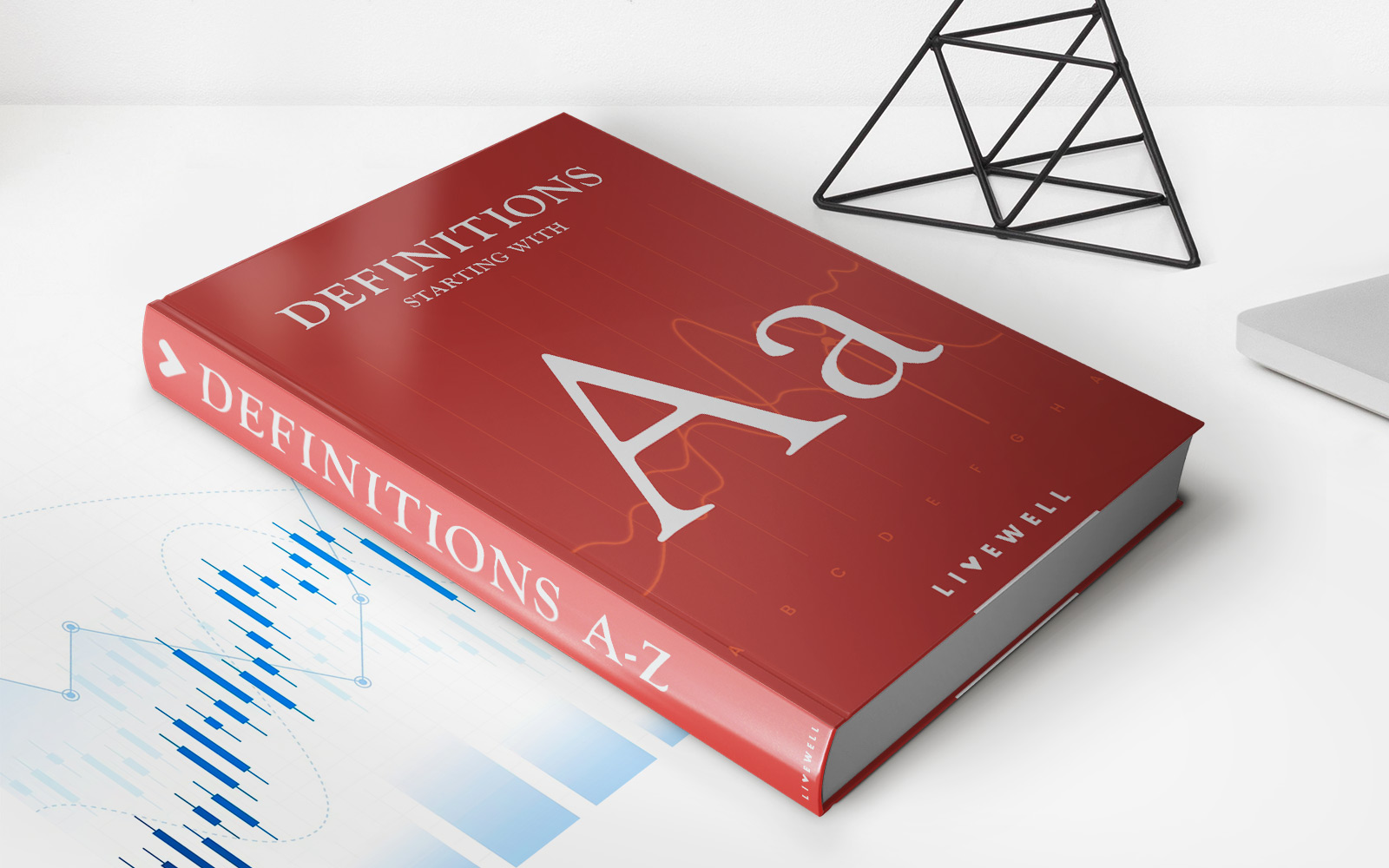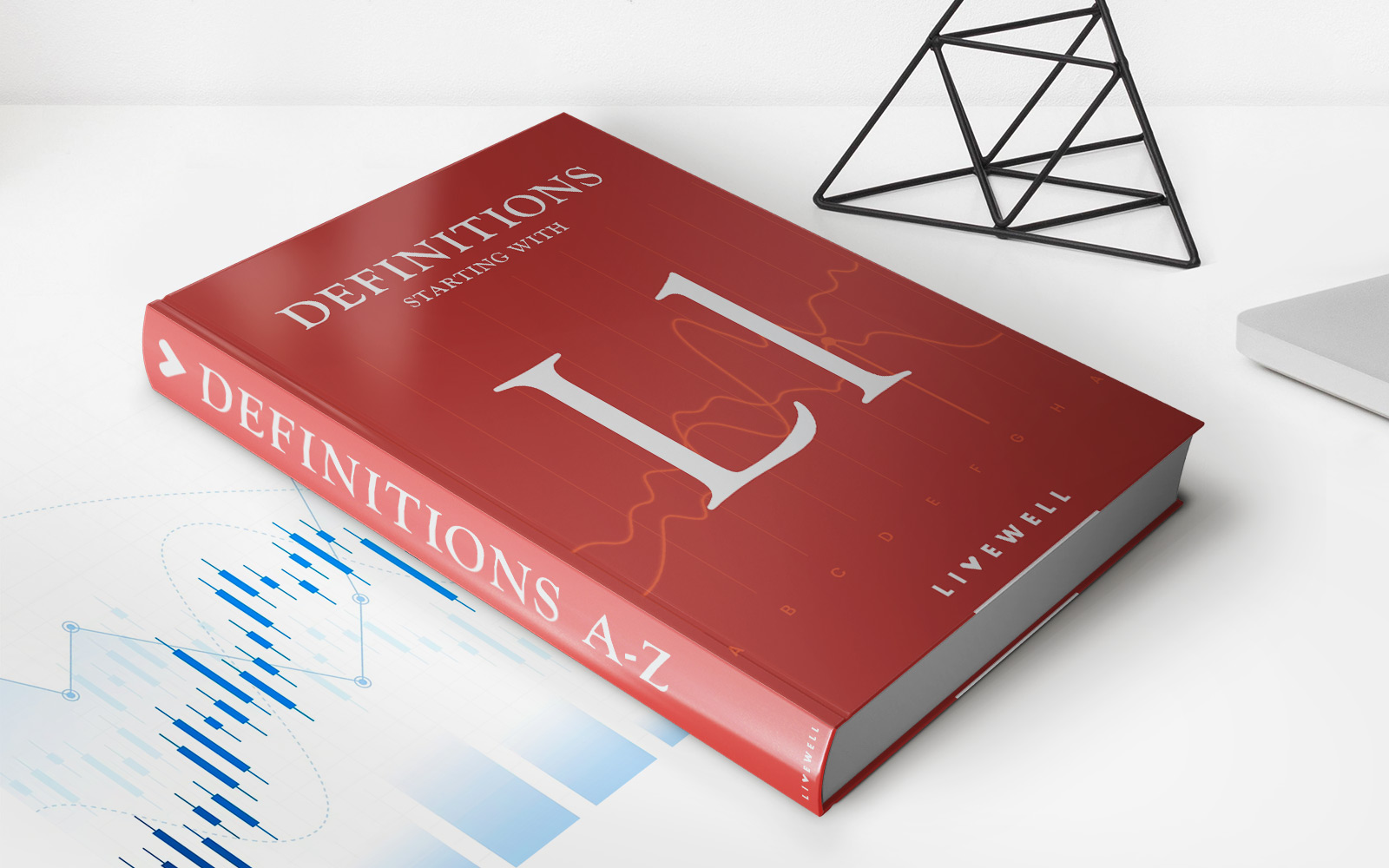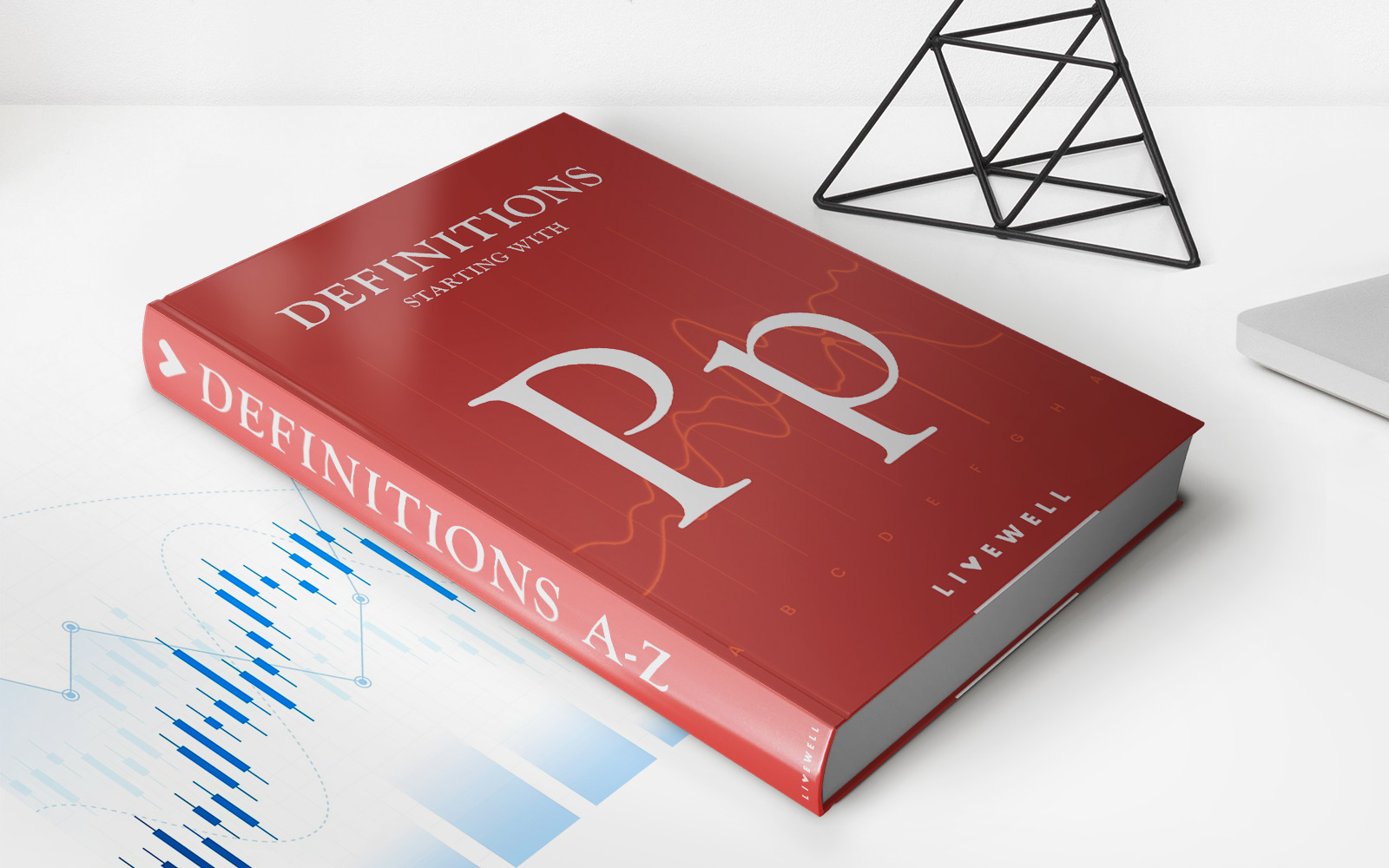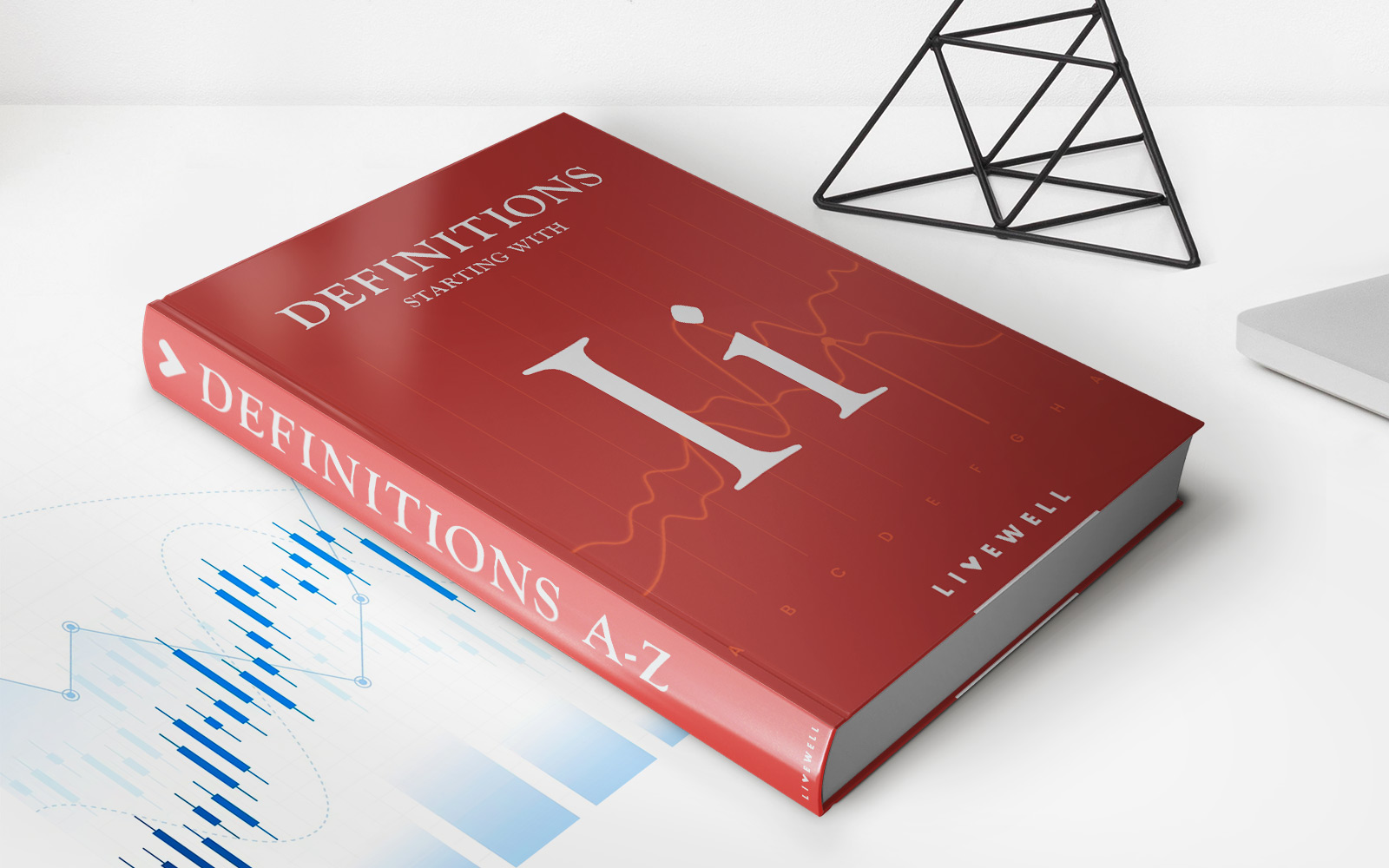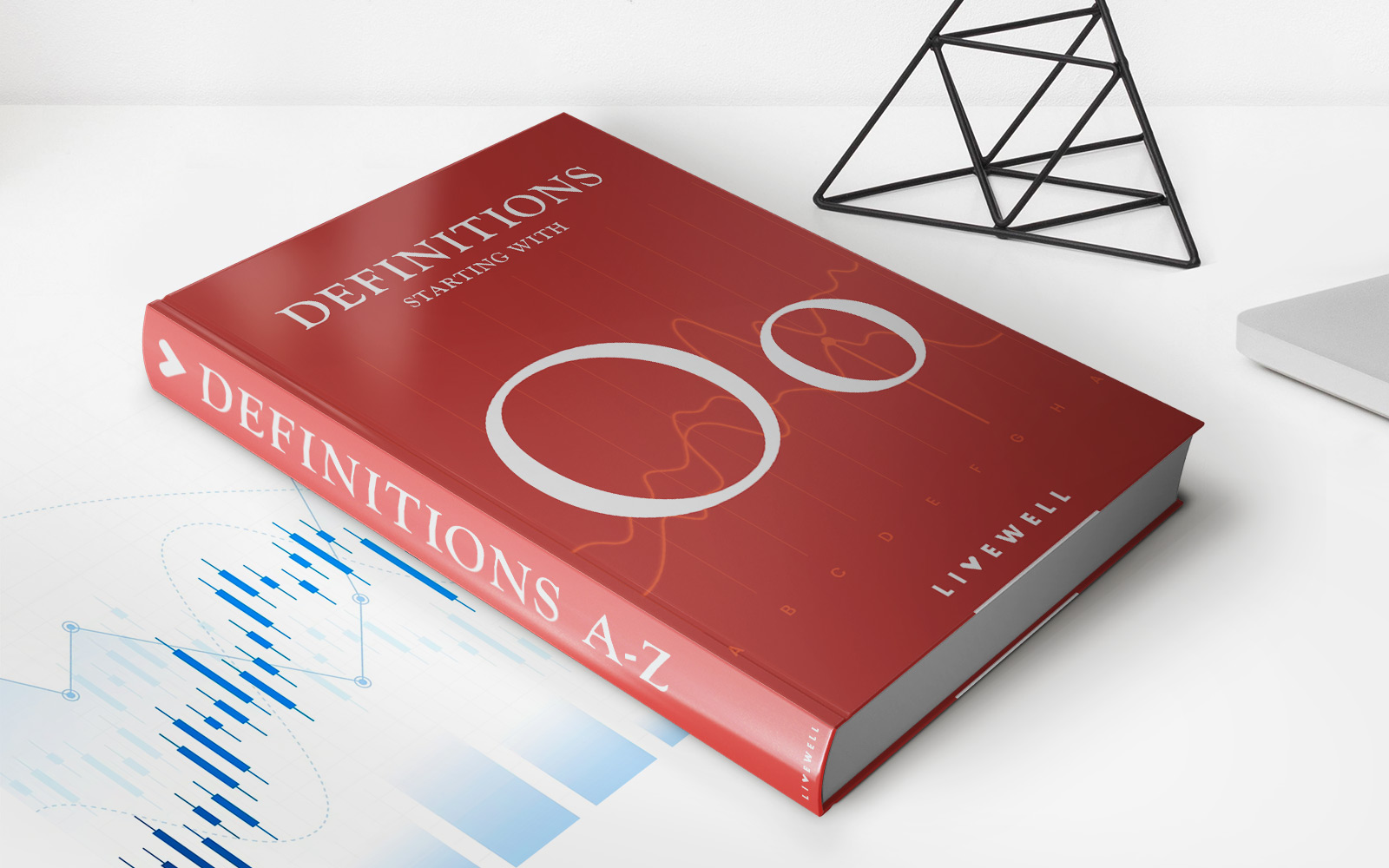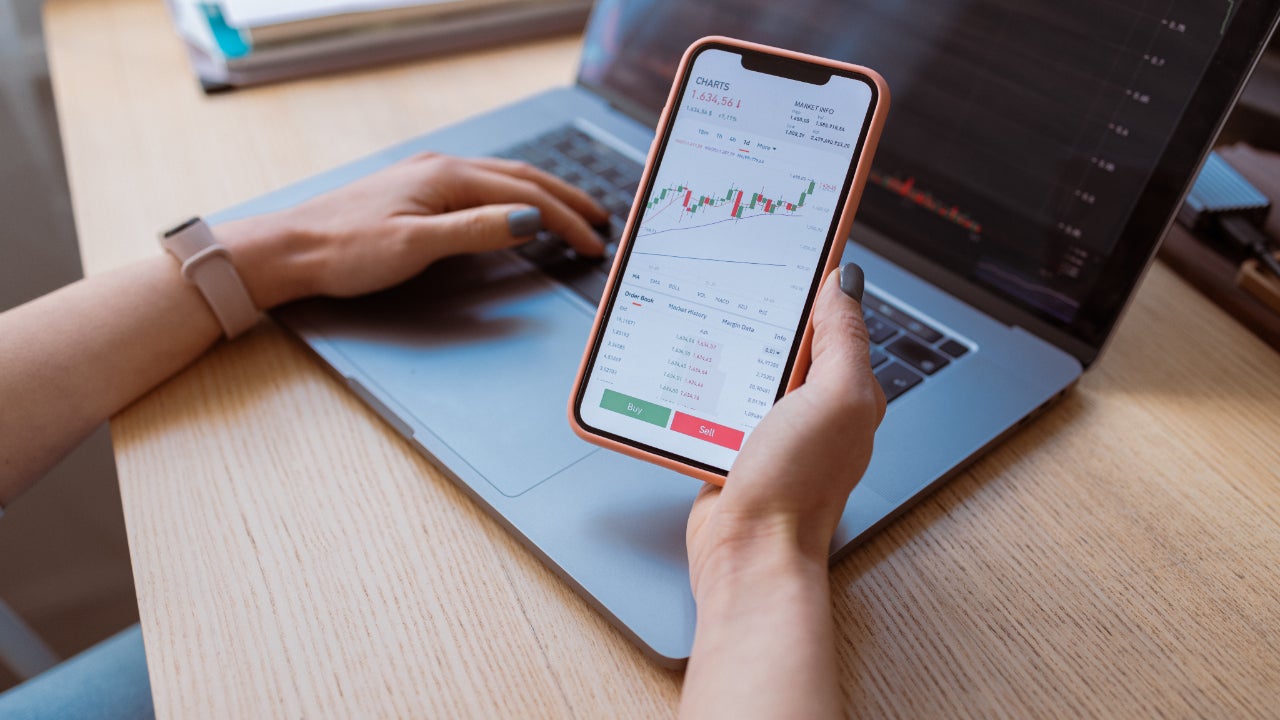Home>Finance>Intrinsic Value Defined And How It’s Determined In Investing And Business


Finance
Intrinsic Value Defined And How It’s Determined In Investing And Business
Published: December 12, 2023
Explore the concept of intrinsic value and its role in finance, investing, and business. Discover how to determine intrinsic value and make informed financial decisions.
(Many of the links in this article redirect to a specific reviewed product. Your purchase of these products through affiliate links helps to generate commission for LiveWell, at no extra cost. Learn more)
Intrinsic Value Defined and How It’s Determined in Investing and Business
Welcome to the Finance category of our blog! Today, we are going to discuss an essential concept in investing and business – intrinsic value. Have you ever wondered how investors determine the true worth of a company or asset? Intrinsic value provides the answer. In this blog post, we will define intrinsic value, explore its significance, and delve into the methods used to determine it.
Key Takeaways:
- Intrinsic value is the estimated true worth of an asset or business beyond its market price.
- Understanding intrinsic value is crucial for making informed investment decisions.
Defining Intrinsic Value
Intrinsic value refers to the perceived or estimated value of an asset, company, or investment based on its underlying characteristics. It represents the actual worth of an entity rather than its current market price. Think of it as the fair value that an investor believes an asset should have, considering its intrinsic qualities and potential for generating future cash flows.
While the concept of intrinsic value can be subjective, it is rooted in fundamental analysis, which analyzes a company or investment through factors such as financial statements, industry trends, and competitive advantages. By determining the intrinsic value of an asset, investors can assess whether it is overvalued or undervalued, thus making better-informed investment decisions.
Determining Intrinsic Value
Several methods are used to calculate intrinsic value, each with its own set of assumptions and variables. Here are some commonly employed approaches:
- Discounted Cash Flow (DCF) Analysis: This method estimates the present value of future cash flows generated by an investment by discounting them to today’s dollars. It considers key factors such as projected earnings, growth rates, and the time value of money.
- Comparable Company Analysis: By comparing the financial ratios, growth rates, and valuation multiples of similar companies, this approach estimates the intrinsic value of the target company.
- Asset-Based Valuation: This method assesses the worth of a company or investment based on its tangible and intangible assets. It takes into account factors such as the value of property, equipment, intellectual property, and brand recognition.
- Earnings Multiplier Approach: Commonly used for valuing publicly traded companies, this approach estimates intrinsic value by multiplying the projected future earnings of a company by an appropriate earnings multiple.
It’s worth noting that intrinsic value is a dynamic concept that can fluctuate over time, as market conditions, industry trends, and company performance change. Frequent reassessment and refinement of intrinsic value estimates are essential for staying up-to-date with the potential worth of your investments.
Wrapping Up
Intrinsic value plays a vital role in investment decision-making and business valuation. Understanding this concept allows investors to determine how much an asset or company is truly worth, beyond its market price. By employing methods like the DCF analysis, comparable company analysis, asset-based valuation, and earnings multiplier approach, investors can estimate an asset’s intrinsic value and make better-informed decisions. Remember, intrinsic value is a dynamic concept that requires regular reassessment and adjustment to reflect changing market conditions and business performance.
Thank you for reading our blog post on intrinsic value. Stay tuned for more finance-related content and explore our other blog categories to expand your knowledge on a variety of topics!


